Description
194th Fighter Squadron Griffins F-16 Model
Fly again with the 194th Fighter Squadron and the Griffins in this Lockheed Martin F-16 Fighting Falcon model. Each model is carved from wood and hand painted to provide a unique piece you’ll love.
- Length – 18 inches
- Made from Mahogany
- US Veteran-Owned Business
- Officially Licensed by Lockheed Martin
- The product is not intended to be used by children 12 years and younger.
LOCKHEED MARTIN, F-16 Fighting Falcon, associated emblems and logos, and body designs of vehicles are either registered trademarks or trademarks of Lockheed Martin Corporation in the USA and/or other jurisdictions, used under license by Squadron Nostalgia LLC.
![]()
World War II
Activated in October 1943 as the 409th Fighter Squadron at Hamilton Field, California. During World War II, the squadron was an Operational Training Unit (OTU), equipped with second-line P-39 Airacobras and P-40 Warhawks. Its mission was to train newly graduated pilots from Training Command in combat tactics and maneuvers before being assigned to their permanent combat unit. Initially assigned to IV Fighter Command, then transferred to III Fighter Command in 1944, being re-equipped with P-51D Mustangs. It took part in air-ground maneuvers and demonstrations, participating in the Louisiana Maneuvers in the summer of 1944 and in similar activities in the US until after V-J Day.
Inactivated in November 1945.
California Air National Guard
The wartime 409th Fighter Squadron was re-activated and re-designated as the 194th Fighter Squadron, and was allotted to the California Air National Guard, on 24 May 1946. It was organized at Naval Air Station Alameda, California, and was extended federal recognition on 25 June 1948 by the National Guard Bureau. The 194th Fighter Squadron was bestowed to the history, honors, and colors of the 409th Fighter Squadron. The squadron was equipped with F-51D Mustangs and was assigned to the CA ANG 144th Fighter Group. During its early years with the F-51D, the unit earned prominence as one of the Air Force’s most respected aerial gunnery competitors.
Air Defense
With the surprise invasion of South Korea on 25 June 1950, and the regular military’s complete lack of readiness, most of the Air National Guard was federalized placed on active duty. The F-51Ds were exchanged for F-51H Mustangs in 1951, as the “D” model of the Mustang was needed for close air support missions in Korea. The F-51H was a Very Long Range version of the Mustang, which was developed to escort B-29 Superfortress bombers to Japan, but not considered rugged enough to be used in Korea. The increased range, however was well-suited for air defense interceptor alert flights. During its years with the P-51H, the unit earned prominence as one of the Air Force’s most respected aerial gunnery competitors. In June 1953, while still flying the Mustang, the unit qualified for the first all-jet, worldwide gunnery meet.
With the increased availability of jet aircraft after the Korean War, the squadron’s aircraft were upgraded from the piston-engine, propeller driven F-51H to its first jet aircraft, the F-86A Sabre Day Interceptor in 1954. At the same time, the 194th relocated to Fresno Yosemite International Airport, followed by the wing in 1957. On 7 July 1955, the 144th was re-designated as the 194th Fighter-Interceptor Wing, a designation kept by the squadron for the next 37 years. With the F-86A, the 144th began standing dusk-to-dawn alerts, joining its Air Defense Command active-duty counterparts.
The 194th continued to fly the F-86A until 31 March 1958. On April 1, 1958, the transition was made to the F-86L Sabre Interceptor, which was designed from the onset as an interceptor, had all-weather capability and was able to be used in all weather. In addition, the F-86L could be controlled and directed by the SAGE computer-controlled Ground Control Interceptor (Radar) sites which would vector the aircraft to the unidentified target for interception.
The 144th continued to fly the F-86A until 31 March 1958. On April 1, 1958, the transition was made to the F-86L, which was flown until 30 June 1964. On July 1, 1964, the 144th began flying the F-102 and continued flying this aircraft until 24 July 1974. On 25 July 1974, the 144th brought the F-106 into service, and continued to fly this aircraft until 31 December 1983. On 1 October 1978 Aerospace Defense Command was inactivated, its units being reassigned to Air Defense, Tactical Air Command (ADTAC). which was established compatible to a Numbered Air Force under TAC. TAC replaced the aging F-106s on 1 January 1984 with F-4D Phantom IIs, being used in the air defense interceptor mission.
Modern era
The squadron started receiving their first F-16A Fighting Falcons on 1 October 1989. These were of the block 15 type, replacing the F-4D in the air defense and attack roles. The block 15 airframes weren’t exactly suited to the dedicated air defense mission the squadron was tasked to. This was fixed with the Air Defense Fighter (ADF) upgrade these aircraft received during 1990.
Effective 16 March 1992, the 144th Fighter Interceptor Wing was redesignated as the 144th Fighter Wing (144th FW), with all related Fighter Interceptor Groups and Squadrons becoming Fighter Groups and Fighter Squadrons. On 1 June 1992, the 144th FW was reassigned to Air Combat Command.
During this time the 194th FS also had an alert detachment at George AFB. This base was closed in 1992 due to the overall downsizing after the Cold War and the alert detachment moved to March Air Force Base. In 1995 the squadron transitioned to the more F-16C Fighting Falcon block 25 aircraft.
After having flown for 11 years with the block 25 airframes, a number of those came to the end of their operational lifespan. It was therefore decided that the airframes of the 194th FS were to be replaced with F-16C Block 32 aircraft. The conversion to these block 32 models started in December 2006 and was gradually completed by the end of 2007.
The first F-15 Eagle arrived 18 June 2013. The last F-16 Fighting Falcon flew to its new home in Tucson, Arizona on 7 November 2013.
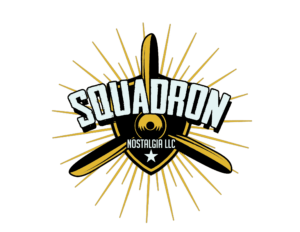
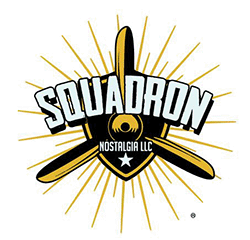

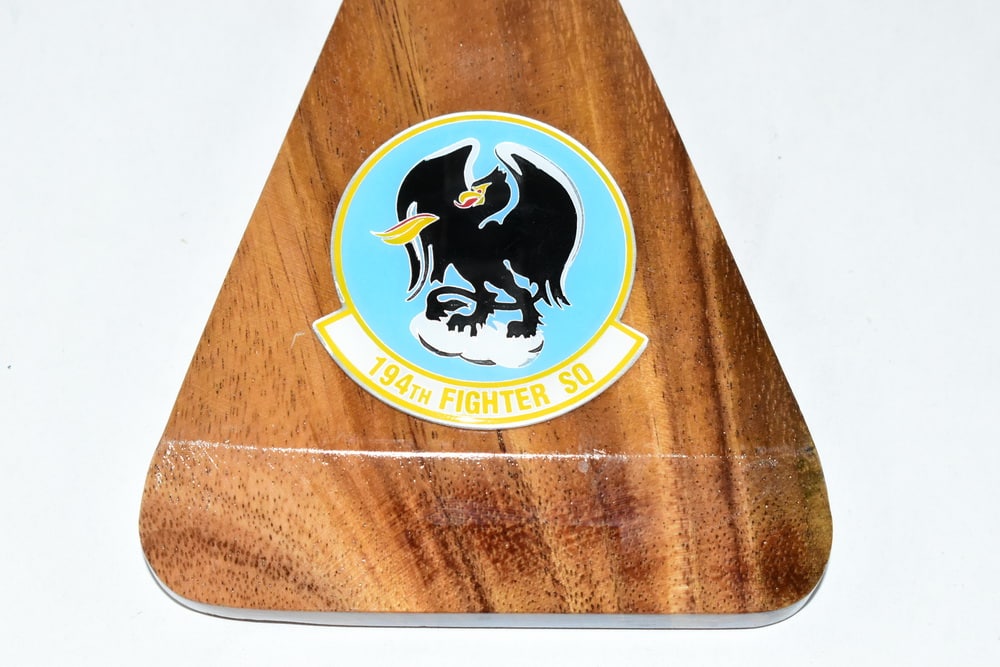
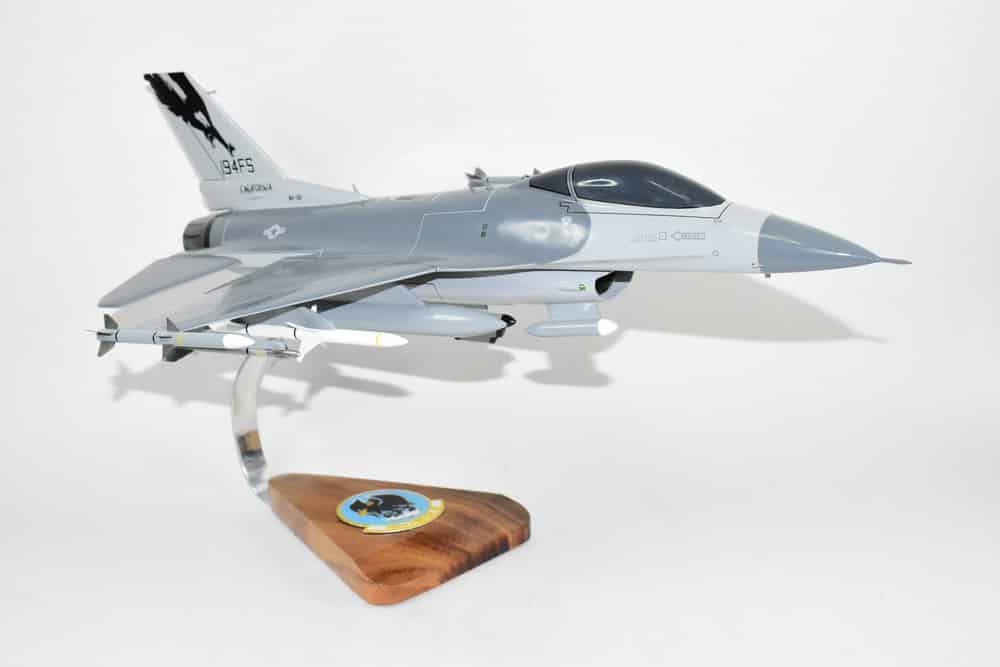




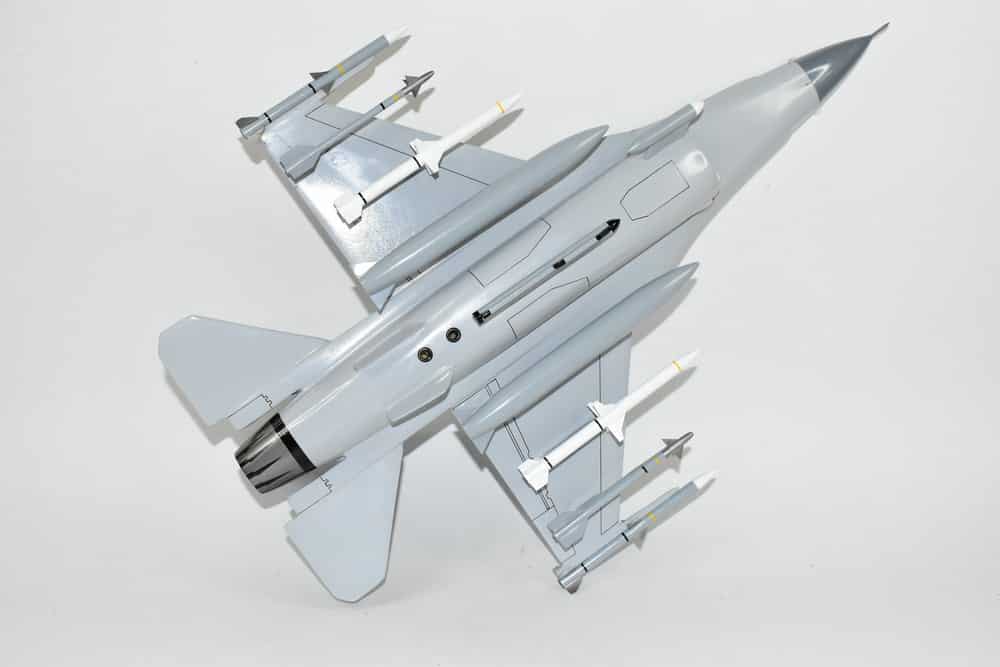
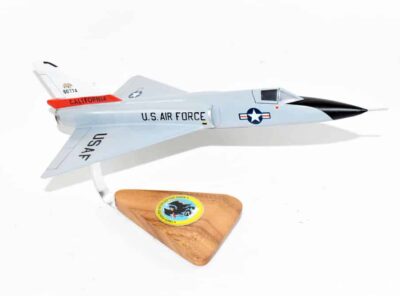
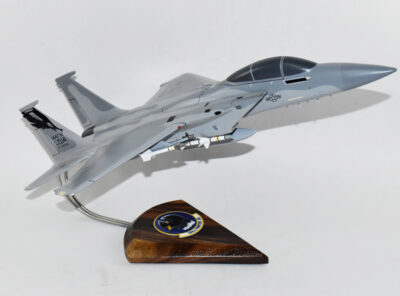
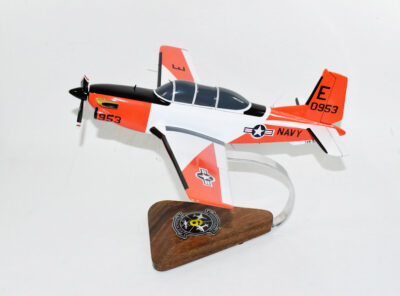
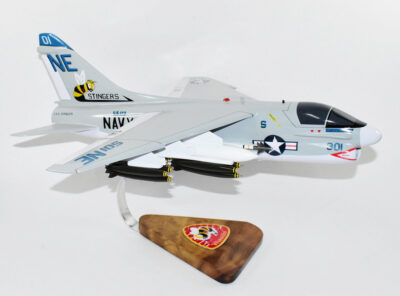
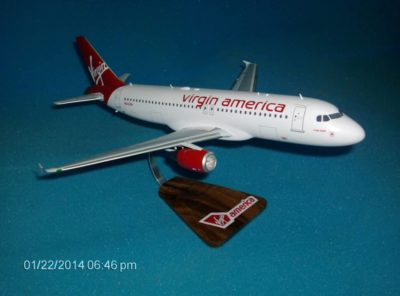
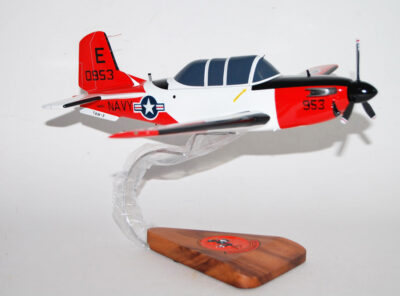
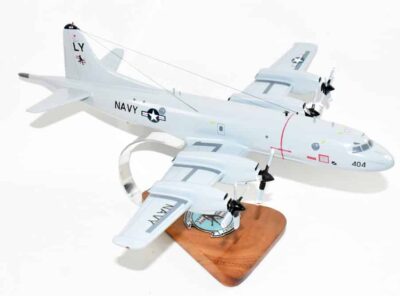
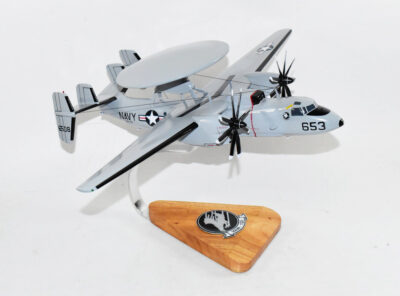
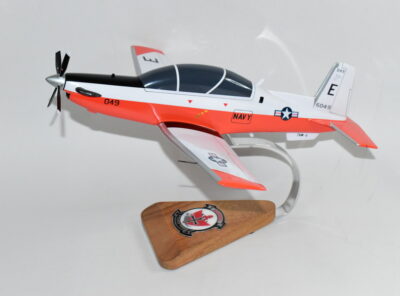
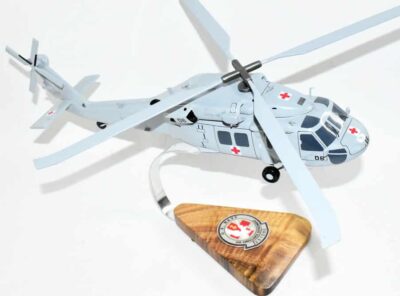
Reviews
There are no reviews yet.